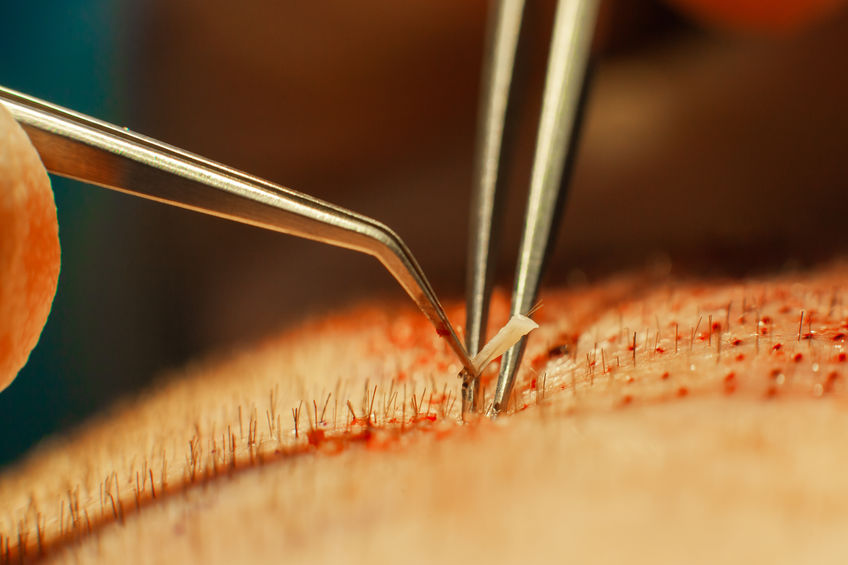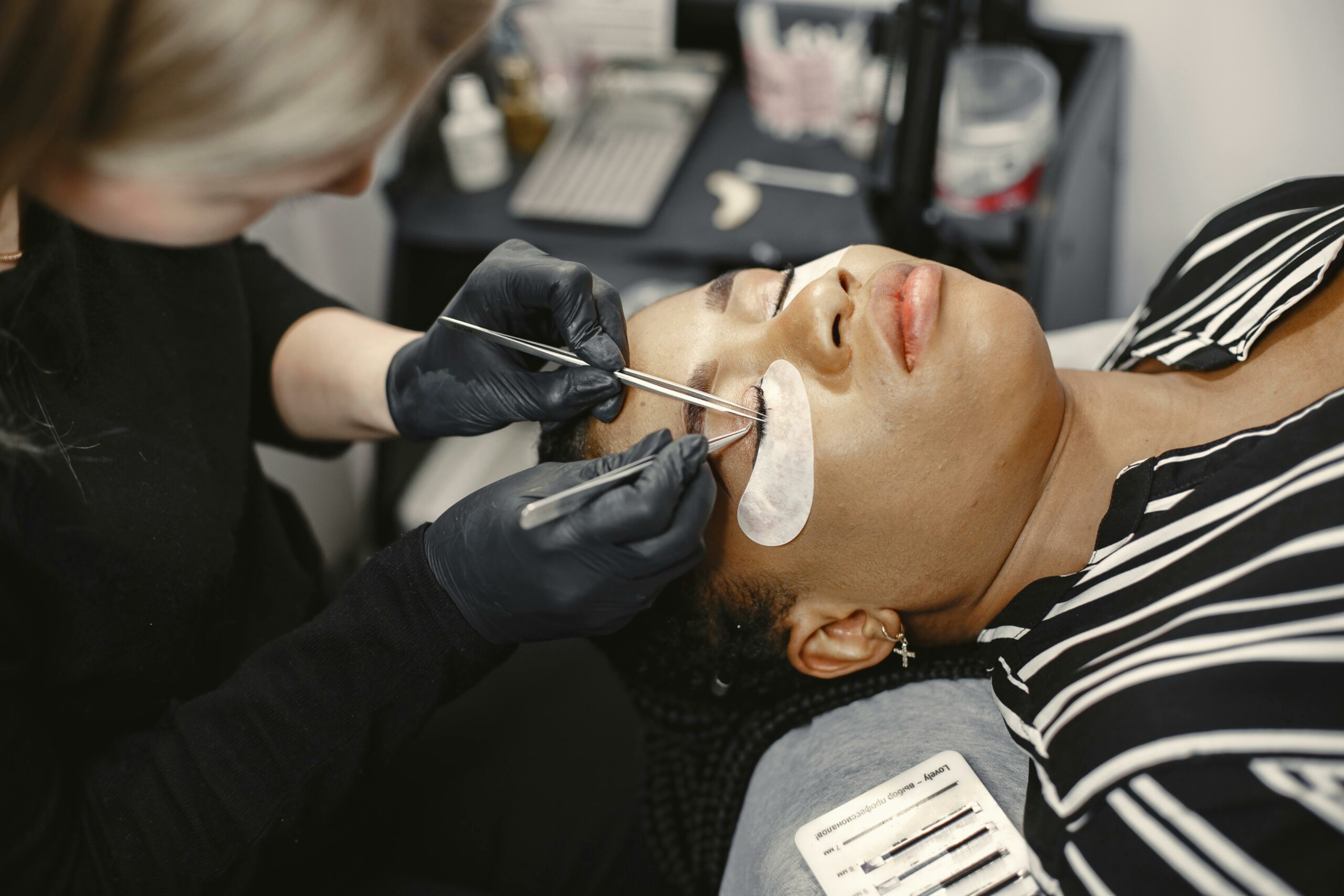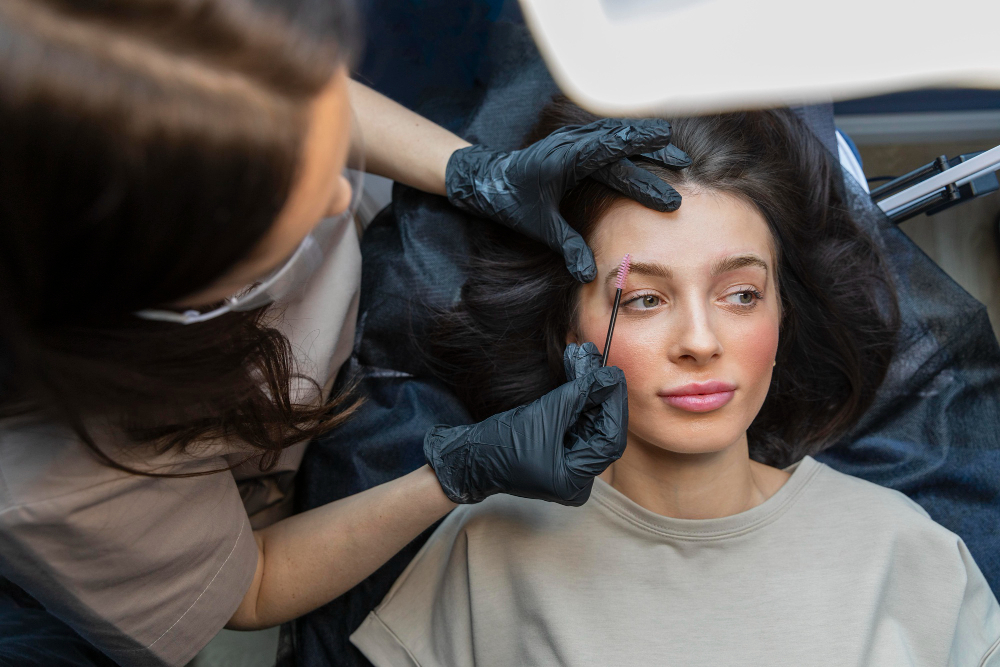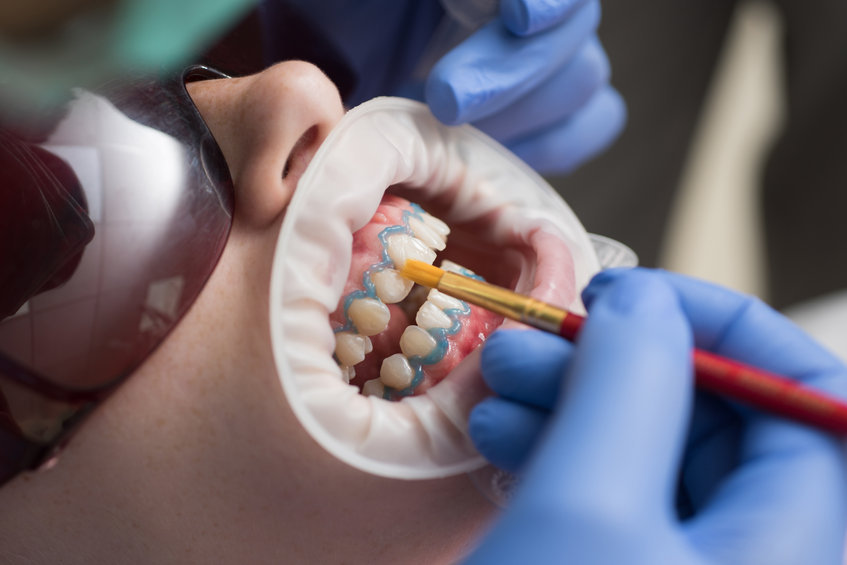A hair transplant can be a real breath of fresh air for those struggling with hair loss. However, in some cases, the procedure can be more complicated than it seems. Some patients face more challenging situations: large bald areas, scars from accidents, or the need for touch-ups. In these situations, the approach must be perfectly adapted. It is therefore essential to understand the possible solutions, the challenges involved, and the expected results.
Transplant on Severely Bald Areas
Severely bald areas are often a nightmare for people with advanced hair loss. These zones, where hair barely grows anymore, can give the scalp a “desert-like” appearance. If this is your case, you’ve probably already tried lotions, shampoos, or even supplements—without achieving the desired results.
When performing a transplant on a bald area, the main challenge is often the donor area—the part of the scalp from which follicles are extracted. It needs to be in good condition to ensure a successful transplant. If the donor area itself is sparse, achieving sufficient density can be difficult.
For this type of case, the most common method is FUE (Follicular Unit Extraction). Unlike the older FUT method, where a strip of skin was removed, FUE involves extracting each follicle one by one. This limits scarring and creates a more natural-looking result.
Why Does FUE Work So Well?
Harvesting grafts one by one allows for great precision. The surgeon can carefully select each follicle, implant it strategically, and adjust the hair density according to the needs of each area. This technique is much more discreet and produces a far more natural result than older methods.
Another reason why FUE is ideal for bald areas is that it doesn’t cause a linear scar. In other words, with this technique, you won’t have the visible scar often seen with the old FUT transplant method. After an FUE procedure, the small extraction marks are almost invisible—they’re only about a millimeter wide.
This also means recovery is faster. You don’t have to worry about the pain or healing from a large incision. Most patients can return to their normal activities within a few days.
However, the success of the transplant largely depends on the condition of the donor area. If it doesn’t provide enough density, grafts may need to be taken from other parts of the body, such as the chest or beard. It all depends on the case.
Transplant on Scars
Hair loss due to scars is often caused by accidents, burns, or previous surgeries. These scars can be visible, bothersome, and sometimes prevent hair from growing properly. In such situations, it is possible to cover these marks with a new hair transplant.
When treating scars, the most commonly recommended method is also FUE. However, the use of the Choi pen can make a difference. This small device allows for even more precise implantation, avoiding further damage to already fragile scar tissue.
The advantage of FUE for treating scars is that it preserves delicate tissues. While other techniques may leave additional marks, FUE allows for extremely precise placement. The result is a well-camouflaged scar area and a scalp that looks smoother and more natural.
If you have a visible scar that bothers you, a hair transplant on the scar may be an effective solution. Results vary depending on the age and size of the scar, but generally, this method offers good coverage and improvement in appearance.
Touch-Ups After a First Transplant
Not everyone is satisfied with their first hair transplant. Whether due to insufficient density, visible scarring, or simply a result that didn’t meet expectations, touch-ups are sometimes necessary. And you’re not alone—many people find themselves with mediocre results or unwanted scars that need correction.
If you need a touch-up, the surgeon will first reassess your scalp and donor area. Sometimes, grafts must be taken from other parts of the body, like the beard or chest, if the scalp no longer has enough. Each previous intervention must be carefully analyzed to understand what went wrong and ensure the correction is done properly. The success of a touch-up depends on the surgeon’s skill, the quality of the initial grafts, and the donor area. But with the right technique, a satisfying result is usually achievable.
Key Points and Risks to Consider
Like any surgical procedure, a hair transplant on complex areas carries additional risks. It’s important to be well informed before deciding. Potential risks include infection, “shock loss” (temporary shedding of transplanted or existing hair), and an artificial-looking result. That said, these risks are well controlled when the surgeon’s recommendations are followed and when you choose a qualified specialist.
Choosing the Right Surgeon
If you’re considering a hair transplant, take the time to choose the right surgeon. It’s not just about technical skill—your surgeon should also be attentive to your expectations and concerns. Every patient is different, and the surgeon’s ability to adapt to your individual case makes all the difference. Postoperative follow-up is equally important, so don’t overlook that aspect.
In short, hair transplantation can address a wide range of hair concerns—even complex ones such as bald areas, scars, or touch-ups. The key lies in choosing a skilled surgeon and understanding the process thoroughly to ensure results that meet your expectations over the long term.




